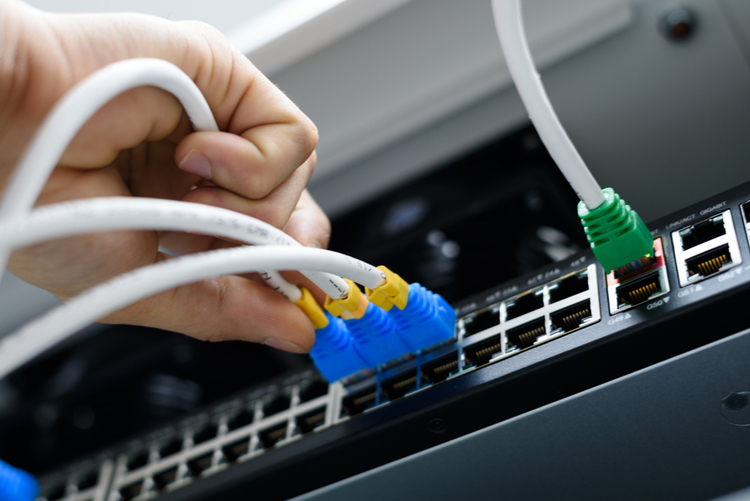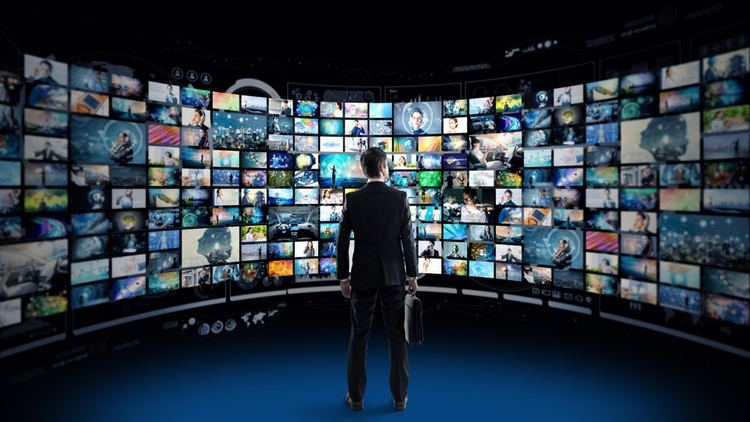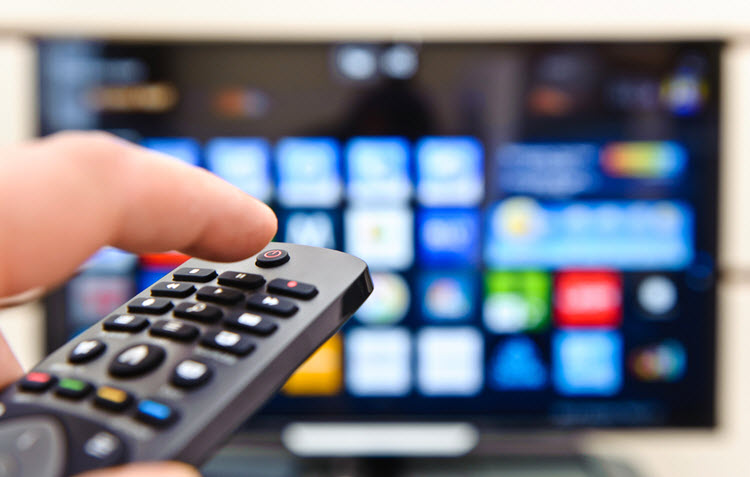
While the technology behind LED TVs isn’t entirely new, we’re still fascinated with the difference it has made in the viewer’s entertainment experience. Similar to an LCD TV, developers decided to add light-emitting diodes instead of standard cold-cathode fluorescent lights (or CCFLs) to illuminate the screen, giving them a few advantages. In all actuality, an LED TV is really just a different type (but very-much upgraded version) of an LCD TV. So what are LED TVs, and why are they so much better than the original LCD? Illumination Options CCFL Backlighting Before we get into it, it should be known that this option has been almost completely discontinued besides the few cheaper LCD TVs due to CCFLs making the product cheaper to manufacture. Cold Cathode Fluorescent Lamps (CCFLs) use a single, straight glass tube. Sort of like a fluorescent lamp. The tube contains a low-pressure mercury vapor that produces an ultraviolet light. Due to us humans not being able to actually see ultraviolet light, a coat of phosphorus is added inside the tube in order to converts it to a… Read more

When resolving a television issue, it can be difficult to figure out where the real problem lies. A reception-related issue isn’t unheard of, but how can you tell if that’s actually what’s wrong? Here is how you can measure your TV signal strength and a few tips to resolving the issues, so you can work towards getting your programs started up again. Typically, when a broadcast signal is weak, it’s due to a bad or broken antenna cable, a not-so-great position of a satellite dish, or interference by some other devices. From here, you’ll want to improve then broadcast signal, so you’ll need to alter the set-up of your tuning equipment. First and foremost, you’ll need to figure out the strength of your signal. How do you measure this? Well, there are two ways: One is specifically for a digital set-up, and the second is for an analogue set-up. Digital Setup From your remote, find and select ‘Options’. Continue moving down, through the menu options until you find ‘System Information’, and select. A detailed ‘System Information’ screen should appear, with… Read more

Purchasing the right router and modem is just as important as signing up for that high-speed internet, if not more so. For those who aren’t quite sure of the part a cable modem plays in television, we’ll break it down. In a cable TV system, signals from various channels are each given a 6-MHz bit of the cable's available bandwidth. These signals are then sent through the cable to your house. In some systems, a coaxial cable is the only transportation used for sending out those signals. The coax cable connects to your cable modem, which in turn connects to an Ethernet card in your PC. The function of the cable modem is to connect broadband (your cable television network) to Ethernet. In other systems like fiber optic cable, the cables go from the cable company to different neighborhoods or areas. The fiber is then terminated and the signals move onto coaxial cable for distribution to individual houses. Being so direct, this is why fiber optics is typically better quality or most preferred. While many would prefer fiber optics, this… Read more

The topic of AI (Artificial Intelligence) has been booming lately, and for good reason. This past year has brought significant development and public release of various AI technologies, and it seems to be implemented in the television world as well! Not necessarily meaning human-look-alike robots, AI can and is used in a variety of manners, from automated responses to extremely fast analyses. Here are a few of the newest implementations showing up on your entertainment screens. Extra High Resolution Samsung is already beginning to work on their own AI developments for their products. Early this year, they revealed the world’s first 8K AI technology for its new 85-inch 8K QLED TV. The AI technology is based on machine learning, analyzing content, and automatically upscaling low-resolution images into 8K picture quality. Despite quite a few high resolution television displays being available for purchase on the shelves of stores, many viewers still can't completely enjoy the experience due to the lack of available high resolution content. However, with Samsung’s new AI technology, televisions are made to transform all pictures into 8K. This… Read more

Subscribers of pay-TV services have been dropping like hot cakes since earlier this year, and the decline only increases. Wall Street analysts had expected the Cable-Streaming shift, but many of the losses were more than double what they predicted, and stocks in major TV providers have seemed to dissipate. There are a handful of reasons for this dramatic transition: The appeal of “unbundling” and simplifying, or the ability to pay only for content the viewer actually wants. Of course, there’s also the convenience of browsing shows whenever, wherever, without worrying about programming a DVR. It’s no wonder traditional cable feels so archaic. How do these cable companies adjust though? They’ve been in the business for so long, surely they won’t just plummet to their graves. Here are a few cable companies who have gotten on board and are now providing streaming services. HBO Now Available in the U.S. and some U.S. territories, HBO Now can go anywhere where a high-speed broadband connection is set up. Not to be confused with HBO Go, a channel included with a paid cable TV… Read more



